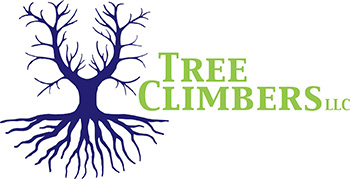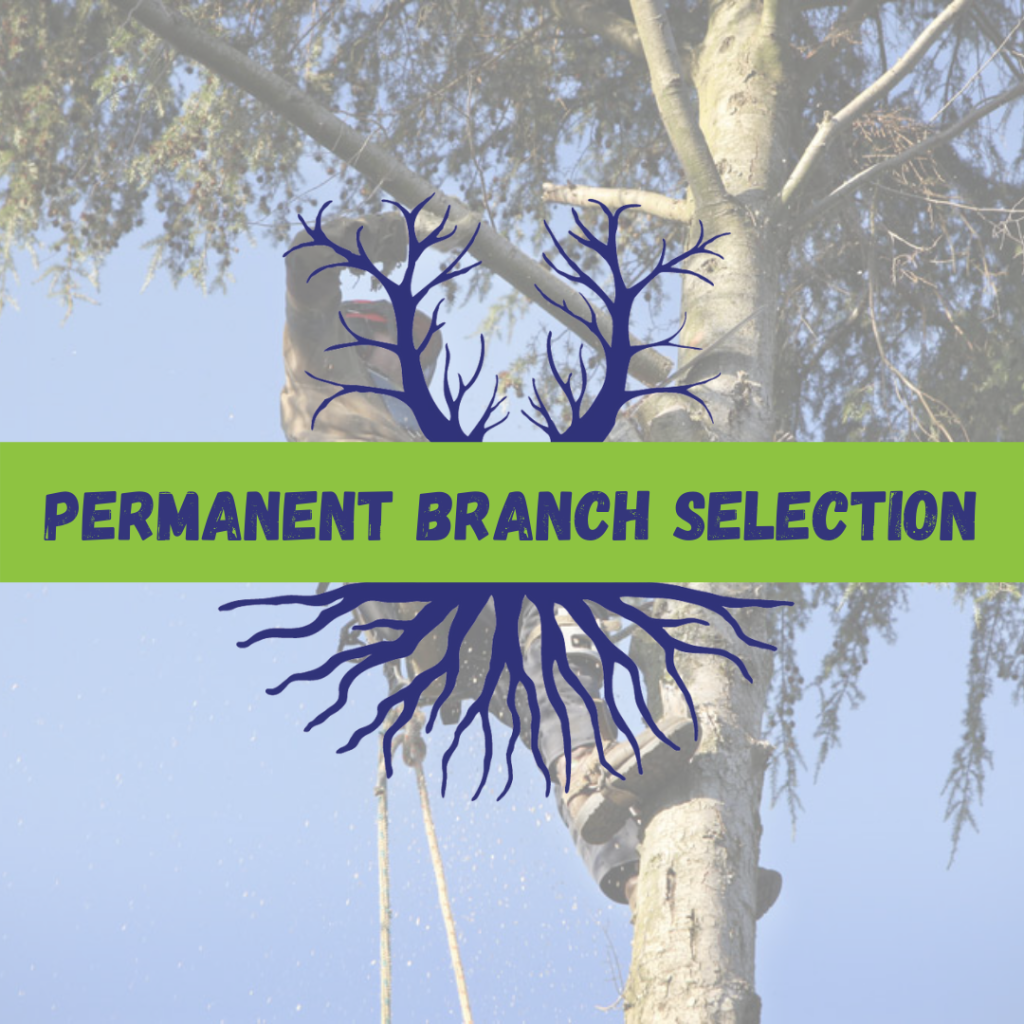For most young trees, maintain a single dominant leader growing upward. Do not prune back the tip of this leader. Do not allow secondary branches to outgrow the leader. Sometimes a tree will develop double leaders known as co-dominant stems. Co-dominant stems can lead to structural weaknesses, so it is best to remove one of […]
Category: Tree Pruning
Nursery trees often have low branches that may make the tree appear well-proportioned when young, but low branches are seldom appropriate for large-growing trees in an urban environment. How a young tree is trained depends on its primary function in the landscape. For example, street trees must be pruned so that they allow at least […]
The amount of live tissue that should be removed depends on the tree size, species, and age, as well as the pruning objectives. Younger trees tolerate the removal of a higher percentage of living tissue better than mature trees do. An important principle to remember is that a tree can recover from several small pruning […]
Most routine pruning to remove weak, diseased, or dead limbs can be accomplished at any time during the year with little effect on the tree. As a rule, growth is maximized and wound closure is fastest if pruning takes place before the spring growth flush while tree is dormant. Some trees, such as maples and […]
Because each cut has the potential to change the growth of the tree, no branch should be removed without a reason. Common reasons for pruning are to remove dead branches, to remove crowded or rubbing limbs, and to eliminate hazards. Trees may also be pruned to increase light and air penetration to the inside of […]
When pruning trees, it is important to have the right tool for the job. For small trees, most of the cuts can be made with hand pruners. The scissor-type, or bypass blade hand pruners are preferred over the anvil type. They make cleaner, more accurate cuts. Cuts larger than one-half inch in diameter should be […]






